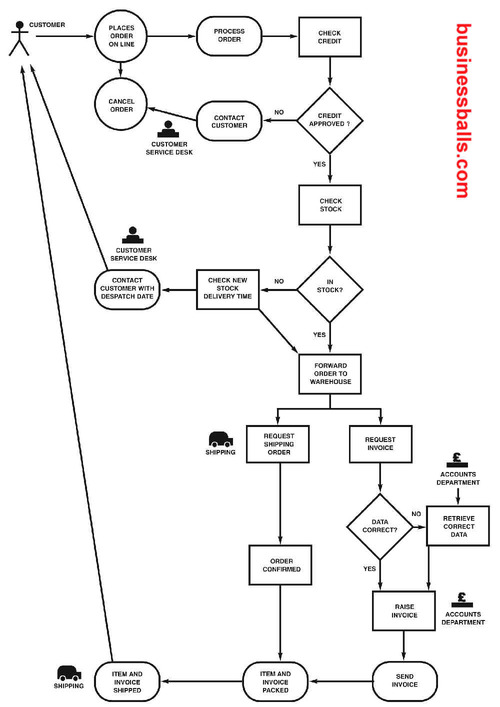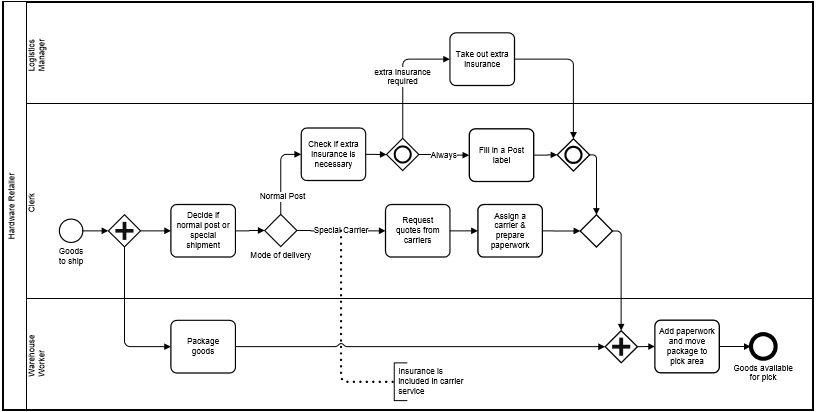


Organization and also permit easier reconfiguration because activities are decoupled from each other. These interfaces (possibly formalized service-level agreements) become the hinges that support the Re-configured as dictated by business desires and business drivers.īusiness activities have well-defined boundaries with predefined interfaces supporting interactions between businessĪctivities. Is to have independent activities (namely, sub-processes and tasks) that are easily reconfigured, or even dynamically At theĭesign and implementation level, this may equate to a Service Oriented Architecture, but not necessarily. Structure and independent business activities as components provides the independence and flexibility required. In this "Internet Era" and "Internet Speed", businesses need to be more dynamic meaning that they need toĬhange, update, add or modify their business activities and processes much more quickly than in the past. More layers can be used as well if the size and complexity warrants it.

That are abstractions of all the 'activities' of the system under study, with the next layer of detail showing moreĭetails of these activities. Layering the Business Process Model is a convenient way to deal with complexity. The size of the enterprise or (business line) Included in this model is a judgment call of the architect, based upon: Note: Since UAM may be used at any level within the enterprise, the level of detail to be Of abstraction as in the UAM (see Concept: Complex IT Architectures). Of an abstraction of business activity often goes hand-in-hand with using business models at different levels Interfaces, and the set of processes and tasks (services or responsibilities) they provide. This use Related to other activities or sub-activities (and possibly roles and resources), and they also explicitly define In the UAM, activities start at the abstract level of the BPMN concept. Less-than-optimal interactions when executing a business process. Role and purpose of different parts of an organization are not always clear to other parts of it, which results in Way that an enterprise is typically partitioned into inter-dependent business lines and business units. Of the system under study, from a process perspective, resulting in manageable chunks, in much the same See: Whitepaper: BPMN - an Introductory Tutorial.Īctivities, in the UAM context, are used to partition and understand the structure Activities may represent complete business lines, completeīusinesses (at the highest level of abstraction) or smaller portions of business activities within a business.Īctivities may also represent business processes, which are composed of sub-processes, tasks, events and decision

In the Unified Architecture Method (UAM), the Business Process Model defines all of the businessĪctivities of the system under study.


 0 kommentar(er)
0 kommentar(er)
